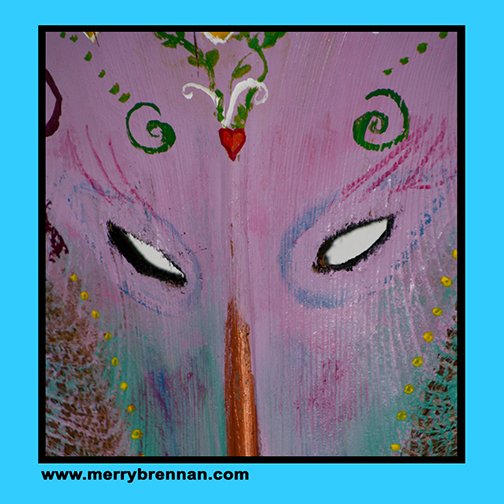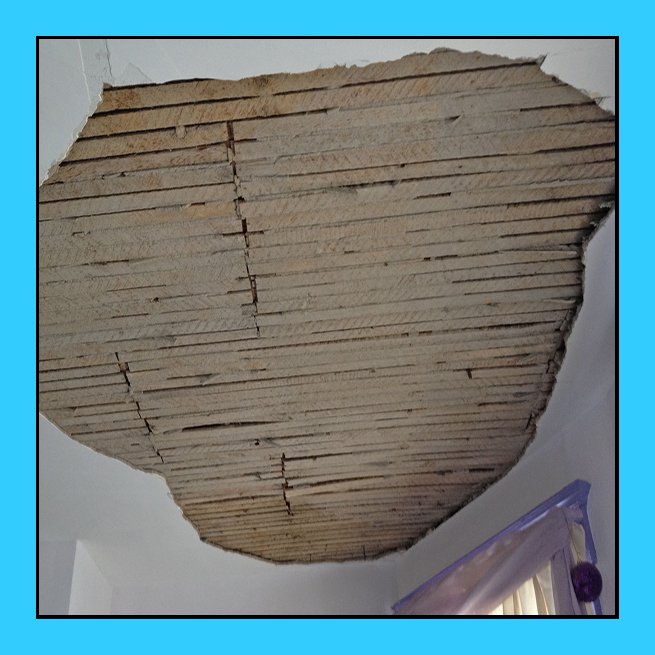Tough Love on “Stuff” Love (Thanks to Peace Pilgrim)
Years before Marie Kondo told us to ditch things that don’t “spark joy,” the plaster came crashing from my bedroom ceiling. Luckily, I was putting on PJ’s and not yet snuggled on my mattress as the heavy chunks torpedoed down.
Yet the explosive scare, not to mention the insurance declaration that “accidental collapses aren’t covered,” paled in comparison to what came next: before repairs could start, I had to clear out the room. I mean everything!
Funny how you can live in a space, see it every day, and not realize just how much stuff you have. My room never seemed messy, but once I really looked, well, “crammed” is kind. Old books and half-finished projects lay on the radiator. Clothes I hadn’t worn in years crowded my tiny closet. The pegboard inside its door, that I once thought so clever, had become a repository for anything I could hang on a hook. Forgotten items filled a corner between two dressers and worn-out sneakers I saved just in case (no need to ask if I ever used them) hid under the bed.
In my haste to get the ceiling fixed, I schlepped everything out and found places for temporarily storage. But then, I happened upon a quote from my number one role model, Peace Pilgrim. I write this with a *wink, wink* because, really, like always, the quote found me when I needed it most:
“Unnecessary possessions are unnecessary burdens. If you have them, you have to take care of them! There is great freedom in simplicity of living.”
Of course, decluttering is trendy now. You can barely scroll, read a glossy mag, or tune into HGTV without celebrity organizers demonstrating the latest space-saving gadget or t-shirt folding technique.
But Peace Pilgrim wasn’t interested in tips for tidying. She embraced simplicity as the first step toward inner peace. For 28 years, this remarkable New Jersey native walked across the country with only the clothes on her back so she could share her message of peace. One step at a time, she touched tens of thousands of lives.
Peace Pilgrim never expected others to give everything away, like she did. Instead, her real lesson was to make conscious choices, to be of service to others, to know that love is the only antidote to evil. Like other spiritual leaders, she taught that the world would find peace only when enough of us find inner peace — and that inner peace begins with simplifying our lives.
Which brings us full circle. Thanks to Peace Pilgrim, my plaster disaster became a gift. It helped me pause, reflect, and make decisions that, rather than “spark joy,” brought me greater calm, connection, and gratitude – for each item I kept, as well as those I chose to give away.
When the repairs were finally done, I did not bring a single thing back into the room before asking myself three questions:
Do I still need this?
If not, do I still love this?
Can others benefit from this?
Anyone who visits sees that my old Victorian house still contains plenty of stuff: souvenirs from treasured travels, gifts that fill my heart, projects that I will complete. But these questions have become part of how I live – not only when I shop or spring clean, but also when I decide how to spend my time, evaluate my relationships, and live my best life.
For your free copy of Peace Pilgrim’s Steps Toward Inner Peace, visit www.peacepilgrim.org.



